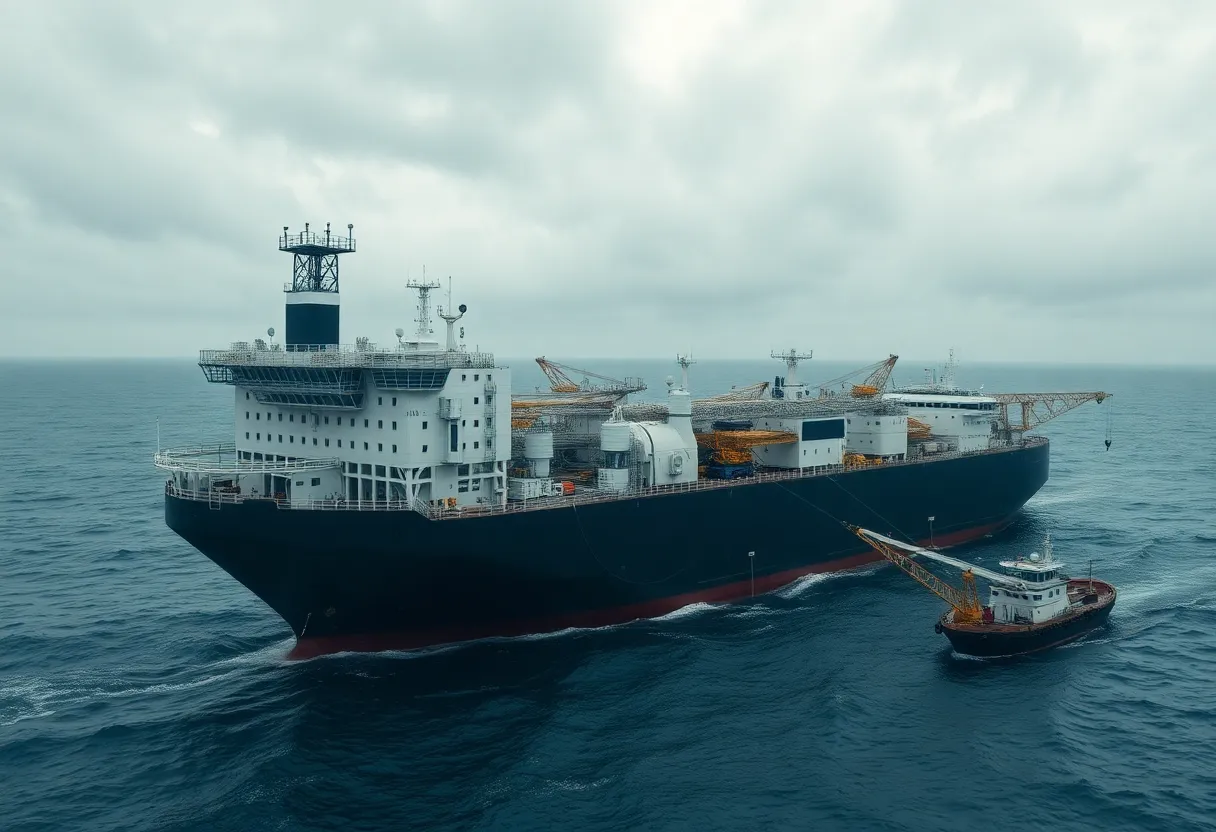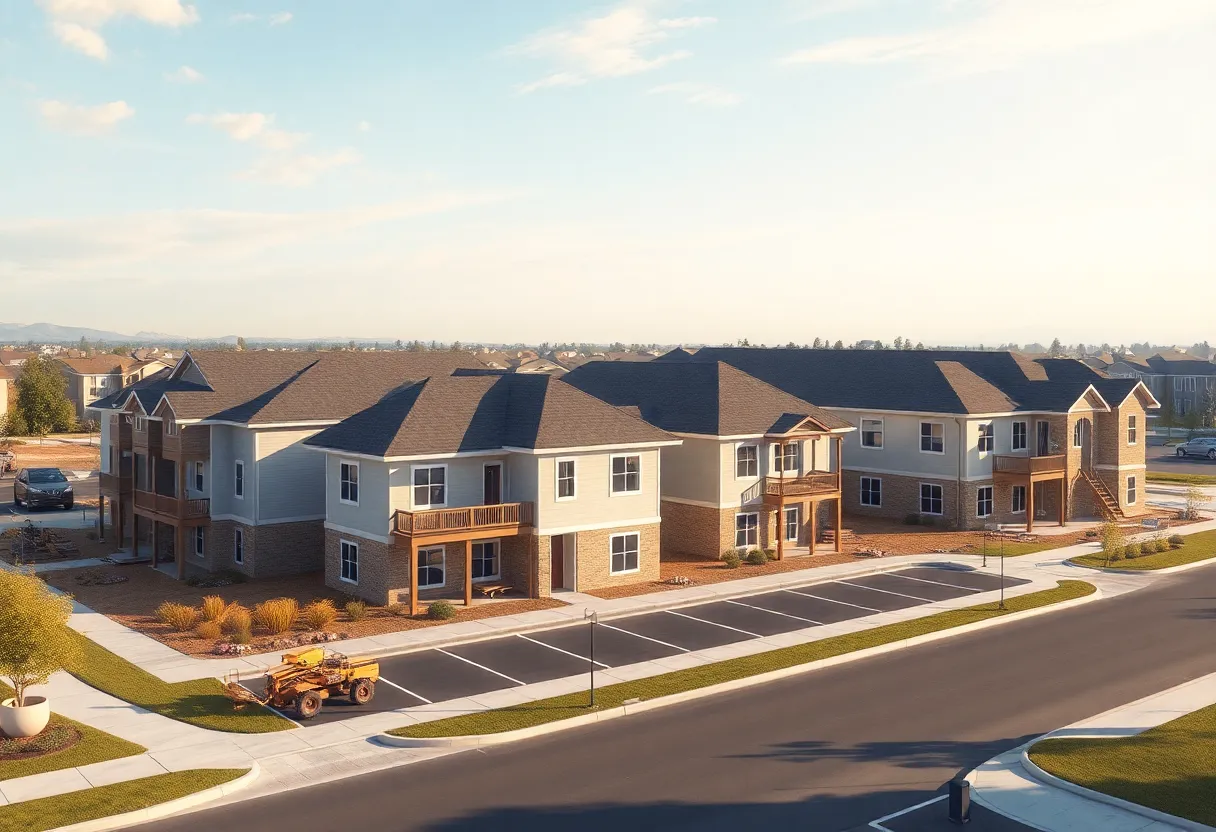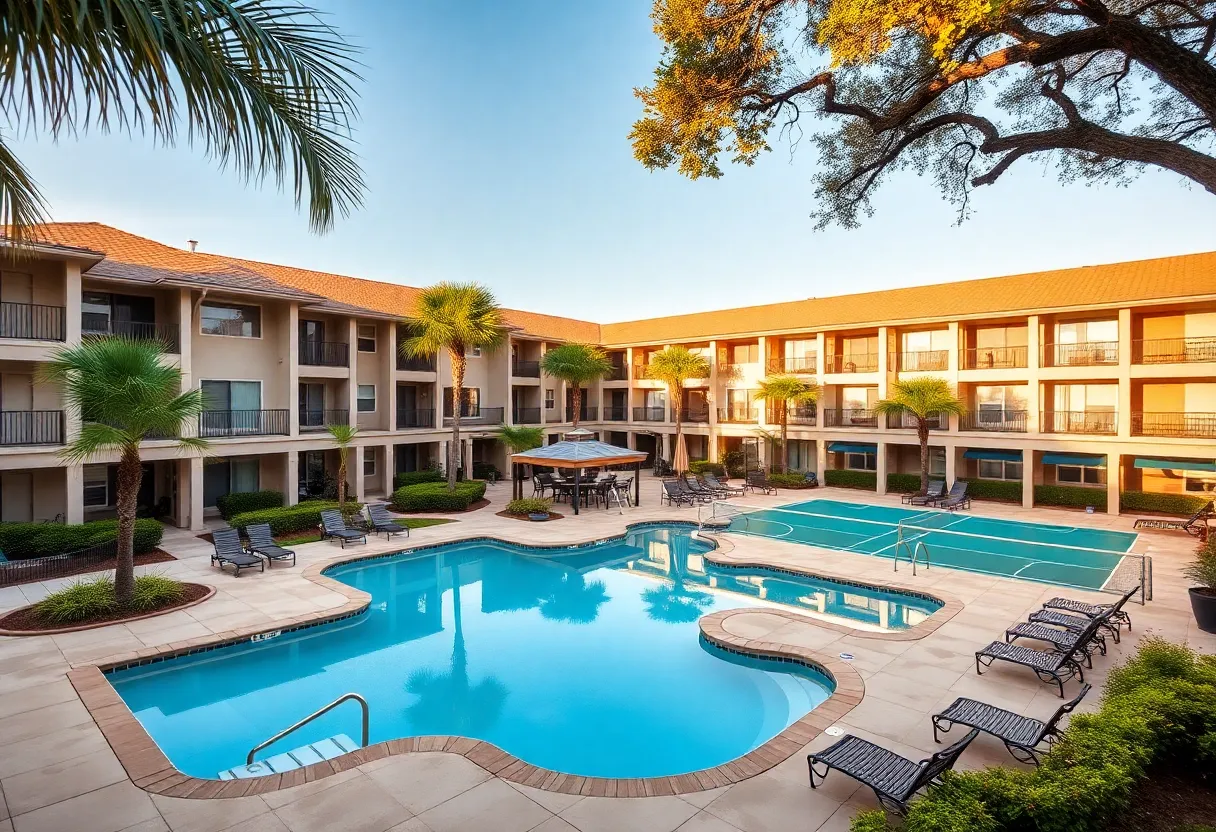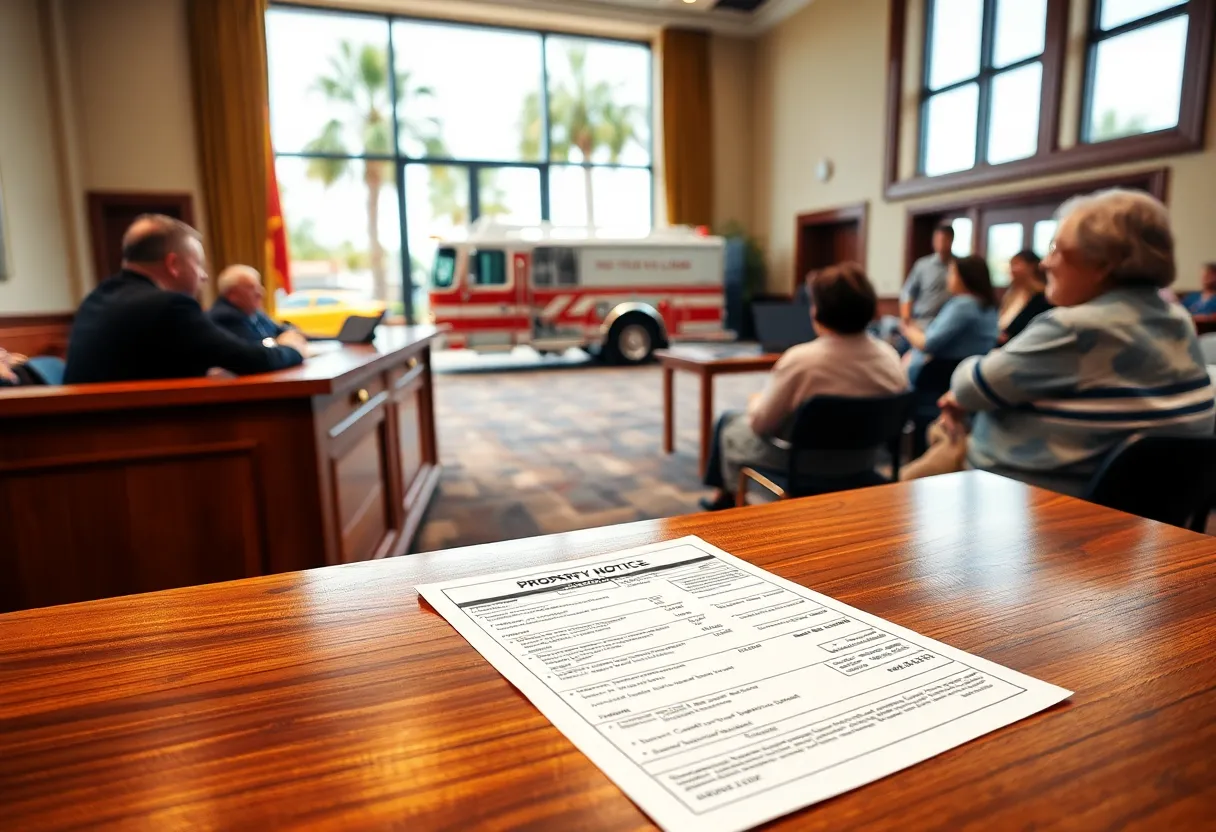Peregrino FPSO, Campos Basin, Brazil, August 27, 2025
News Summary
Regulators ordered a production stop at the Peregrino FPSO after gaps were found in risk management documentation and the deluge firefighting system required changes. The pause triggered a more than 5% drop in the operator’s shares and is expected to last several weeks pending on-site work and a regulator re-inspection. The incident highlights a broader industry shift toward anchored floating platforms, modular construction and digital monitoring — including digital twins and structural health monitoring — to manage multiaxial motions, fatigue, corrosion and seismic risks in deeper, more hostile offshore environments.
Offshore engineering shifts to floating, modular and digital solutions — Anp orders Peregrino FPSO halt; Prio shares fall
The offshore industry is venturing into increasingly deeper and more hostile waters, signaling a turning point for structural engineering in the offshore sector. Traditional fixed platforms are gradually giving way to anchored floating solutions designed to operate under environments that combine high pressure, seismic activity and complex logistics. In this new context, innovation is imperative as teams pursue safer, smarter and more resilient ways to access energy reserves.
Platforms such as FPSOs, SPARs, and TLPs are being engineered to withstand dynamic forces in seismically active locations. Making these floating structures viable and safe requires a convergence of modular design, structural resilience and digital technologies such as digital twins. The article explores how modular design, resilience and digital technologies are reshaping marine engineering, with emphasis on high geotechnical and operational complexity.
Floating platforms operate in dynamic environments that subject their structures to complex and variable loads. A key challenge is continuous multiaxial movement — heave, roll, pitch and yaw — driven by waves, currents and wind. These movements create critical cyclic stresses on superstructures and mooring systems, and prolonged wave fatigue accelerates degradation of components. Flow-induced vibrations can trigger dangerous resonance in columns, risers and umbilicals, adding to material exposure from thermal cycles, saline humidity and corrosive agents.
To mitigate these risks, continuous structural health monitoring (SHM) is increasingly deployed. SHM combines sensors, predictive analytics and early warning systems, enabling detection of deformations, wall thickness losses and incipient cracks. The approach helps optimize maintenance and extend the operational lifespan of offshore facilities.
A modular design strategy is a central method to reduce installation times and risks at sea. This approach relies on onshore prefabrication of structural, process and accommodation components under controlled conditions, delivering components to site via specialized vessels. High-capacity floating cranes position the modules, quick-coupling systems connect them, and the method minimizes workers’ exposure to adverse weather while reducing logistics demands. The Johan Sverdrup field in Norway is cited as a flagship project demonstrating modular benefits, with Gulf of Mexico developments offering additional real-world examples. In reported projects, modularization has reduced offshore timelines by up to 30% and contributed to lower operating costs and improved safety.
Design in tectonically active regions is a critical challenge for platforms off the coasts of South America (Pacific side), the Asia-Pacific region and the Mediterranean. Detailed geotechnical analyses of seabeds are essential to assess risks such as sediment liquefaction and underwater slope failure that could compromise anchoring systems. Design strategies must address soil-structure interaction under dynamic conditions, especially for floating platforms anchored with moorings or piles. Selection of anchoring type, depth and the ability to absorb seismic energy are key to preventing catastrophic failures. International standards, including API RP 2EQ, ISO 19901-2 and DNVGL, provide design criteria to ensure ductility, redundancy and resilience in seismic events. Modeling of combined loads (earthquake + extreme waves) and validation through advanced simulations are required, with engineers employing FEM, CFD and spectral analysis to ensure platforms tolerate deformation without collapse.
Digital transformation plays a central role in modern offshore practice. The sector now relies on digital twins, IoT sensors and BIM platforms to optimize lifecycle performance from design through operation. Digital twins replicate real-time structural behavior by integrating sensor data to monitor vibration, deformation, corrosion and load. This information supports validation of designs under extreme conditions and enables predictive decision-making to adjust operations and maintenance plans. Advanced simulations support scenario planning for events such as storms or earthquakes and strengthen resilience strategies, underpinning safety improvements and operational efficiency in remote, high-risk environments.
The future of offshore exploration is seen in floating platforms, but their success hinges on integrating modular solutions, stringent seismic design criteria and robust digital technologies. Sustainability, structural efficiency and operational safety are framed as strategic pillars for new offshore developments, with the overarching expectation that offshore engineering will become smarter, more adaptable and more robust in extreme conditions. This view is reflected in ongoing industry analyses and technology roadmaps that emphasize lifecycle optimization and proactive risk management.
This synthesis of trends is presented as part of a technical briefing developed by specialists in the field and is positioned to inform practitioners about the evolving landscape of offshore structural engineering, where regulatory oversight, investment decisions and engineering innovation converge to shape new patterns of energy access.
Recent regulatory and market context
In a notable current example, offshore operators are responding to a production halt order affecting a major field. The stop-work directive arose from identified gaps in risk management documentation and in the deluge system, prompting rapid work to meet requirements. The halted unit is central to overall output, and the pause has immediate implications for stakeholder valuations and project timelines. Adjustments are underway with expectations of completion within a multi-week window, while the operator transitions to new leadership and ownership dynamics through ongoing stake purchases. The pause underscores the importance of readiness in operations and compliance as the industry shifts toward more digital and modular solutions.
Strategic implications for the industry
Industry observers expect that the combination of modular design, enhanced seismic criteria and digital technologies will drive faster deployment, safer operations and more predictable maintenance in offshore projects. The Peregrino case illustrates how regulatory requirements and market moves intersect with engineering strategies, highlighting the need for transparent risk management, robust deluge and safety systems, and a path to steady throughput through transitional ownership arrangements. As projects continue to evolve, the industry appears poised to lean further into sensor networks, model-based decision making and digital twins as core enablers of resilience and efficiency.
Author and publication context
The analysis notes its development by a field specialist and is framed as a technical contribution to contemporary energy and industrial sector discussions. It emphasizes ongoing innovation, safety and sustainability in offshore engineering as essential pillars for future development.
Key features of the post
| Feature | Overview |
|---|---|
| Trend focus | Floating, modular and digital solutions dominating new offshore builds and upgrades. |
| Platform types | FPSOs, TLPs, SPARs and semi-submersible units designed for dynamic, seismic environments. |
| Engineering challenges | Multiaxial movement, cyclic stresses, flow-induced vibrations, and harsh marine conditions require advanced analysis. |
| Design strategies | Modularization, onshore prefabrication, quick-coupling connections and enhanced anchoring concepts. |
| Digital tools | Digital twins, IoT sensors, BIM and high-fidelity simulations (FEM, CFD) for lifecycle optimization. |
| Standards | API RP 2EQ, ISO 19901-2, DNVGL guidance for ductility, redundancy and seismic resilience. |
| Operational impact | SHM-enabled maintenance planning and predictive decision-making to extend facility life. |
| Regulatory context | Regulatory risk management and safety system upgrades influence project timelines and capital decisions. |
| Outlook | Smarter, more adaptable offshore engineering that prioritizes sustainability and safety. |
Frequently asked questions
- What is the main trend in offshore engineering described here?
- The industry is moving toward floating, modular and digital solutions, with a focus on resilience in deep and challenging waters.
- What types of floating platforms are mentioned?
- FPSOs, TLPs, SPARs and semi-submersible units are highlighted as platforms designed to withstand dynamic, seismic environments.
- What role do modular design and prefabrication play?
- Modular design and onshore prefabrication shorten installation times, reduce weather exposure for workers and lower overall project risk and cost.
- How does digital technology contribute?
- Digital twins, IoT sensors and BIM enable real-time monitoring, predictive maintenance and scenario planning for extreme events.
- What regulatory issues affected the Peregrino FPSO?
- A stop-work order was issued due to identified gaps in risk management documentation and deluge system adjustments, with a multi-week plan to complete improvements.
- What are the economic implications discussed?
- Market moves included a drop in the operator’s share price following the halt, while analysis estimated revenue losses tied to maintenance pauses; overall market sentiment reflected regulatory and operational risk considerations.
Deeper Dive: News & Info About This Topic
Additional Resources
- Reuters: Brazil’s Petrobras eyes increase production at three FPSOs
- Wikipedia: Floating production storage and offloading (FPSO)
- WorldOil: Brazil regulator orders production pause for Peregrino FPSO
- Google Search: Peregrino FPSO
- Upstream: Chinese yard secures modules fabrication work for Shell’s latest FPSO
- Google Scholar: FPSO modular construction
- Splash247: Brazilian authorities shut down Equinor FPSO over safety issues
- Encyclopedia Britannica: offshore oil platform
- Shell: What does it take to design a vast and complex offshore oil and gas facility?
- Google News: digital twin offshore platform





